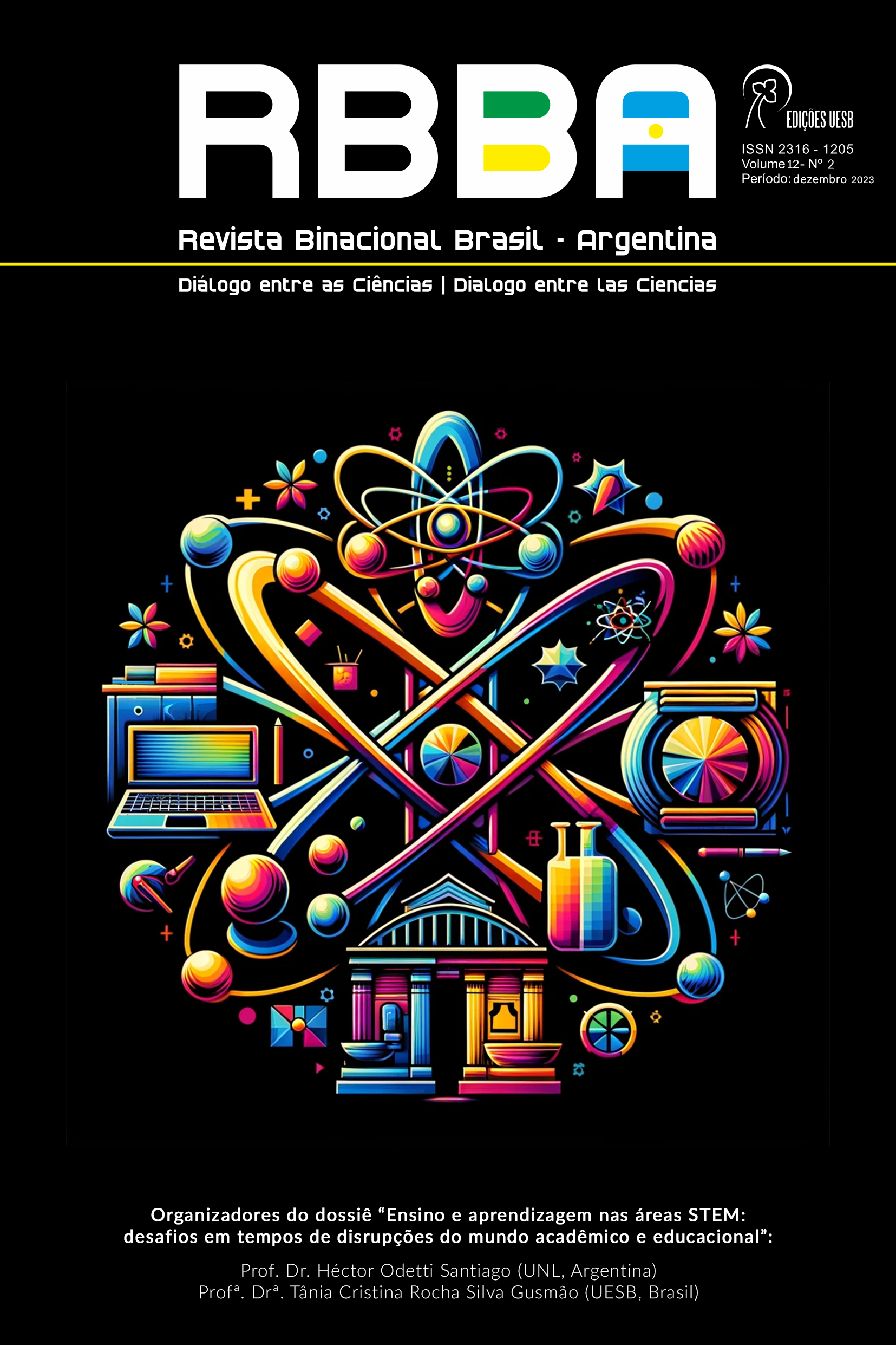HIGH VIBRATION MANAGEMENT AS AN EMERGING THEORY FRON THE COMMUNICATIVE ESSENCE IN UNIVERSITY INSTITUTIONS
DOI:
https://doi.org/10.22481/rbba.v12i02.13734Keywords:
Management, High vibration, Communicative essenceAbstract
The purpose of this study is aimed at reflecting on high vibration management from the communicative essence of key informants in university institutions. Among the theorists who support the research are Reyes and Ruiz (2016) in reference to the management category, Carballo (2014) for the high vibration category and Berlo (2008) for the communication category, the ontoepistemological approach is framed in the interpretive paradigm, the Phenomenological current and the Phenomenological method, of emerging design. The social actors or key informants will be made up of those people who hold managerial positions. Regarding the reality evidenced at the National Experimental University of the Bolivarian Armed Forces Falcón nucleus, where the research was carried out, it was possible to obtain through conversations with the teaching staff, that there are certain weaknesses, where fractured communication is evident, Since there is no harmonious communication between the people who make up the institution, in addition to this, it is observed that there is weakness in interpersonal relationships and therefore the presence of toxic people who act as barriers to communication between staff.
Downloads
References
ALVARADO, J. El gerente de las organizaciones del futuro. (Serie Trabajos de Ascenso Nº 2). Caracas: Universidad Pedagógica Experimental Libertador. Alvarado, J. 1990.
BERLO, D. El proceso de la Comunicación. Signos, Buenos Aires, 2001.
BRUNER, J. De la comunicación al lenguaje, una perspectiva psicológica. Edición Avesta. Barcelona, 2008.
FAYOL, H. Administración industrial y general. 1ª. Ed. en español. México: Editorial Herrero Hermanos, S.A., 1971
KATZ, D. Y KAHN, R. Psicología social de las organizaciones. México: Trillas, 1977.
GÓMEZ, S. Una nueva concepción del trabajo y de la persona en la empresa del siglo XXI. Documento de Investigación Nº 305, Universidad de Navarra. Barcelona, España, 1996.
GONZÁLEZ R. Investigación cualitativa y subjetividad. Guatemala. Oficina de los derechos humanos del Arzobispado de Guatemala, 2006.
HUSSERL, E. Fenomenología y Antropología. En Anuario de Filosofía Jurídica y Social. nº 3. 1985. Sociedad Chilena de filosofía jurídica y social, 1931.
IBARRA A. Comunicación y Sociedad. DECS, Universidad de Guadalajara, núm. 40, julio diciembre 2001, pp. 11-64.
QUINN, y CA KMERON. Diagnosing and Changing Organizational Culture, Based on The Competing Values Framework (2a edición). Library of Congress Cataloging-in-Publication Data, 2005.
MÉNDEZ, A. Gerente Edificador de Organizaciones Espiritualmente Inteligentes en las empresas del nuevo milenio. Tesis doctoral. Universidad Fermín Toro Barquisimeto Venezuela, 2012.
MINTZBERG, H. La alta dirección: mitos y realidades. Clásicos Harvard de la administración. México: Delnu Ediciones, C.A., 1976.
RUIZ. Enseñanza y aprendizaje de habilidades. Caracas, Venezuela: Norma, Ed., 2013.
SENGE, P. La quinta disciplina. Barcelona: Granica, 1992.
TAYLOR, F. Principles of Scientificic Management. New York And London. Harper & Brother, 1911.
WOMPNER, F. (2008). La inteligencia holística la llave para una nueva era. Edición electrónica gratuita. Dispónible em: https://www.eumed.net/libros-gratis/2008c/464/. Recuperado el 3 de diciembre del 2010.
Downloads
Published
How to Cite
Issue
Section
License
Copyright (c) 2023 Revista Binacional Brasil-Argentina: Dialogue between the sciences

This work is licensed under a Creative Commons Attribution 4.0 International License.






